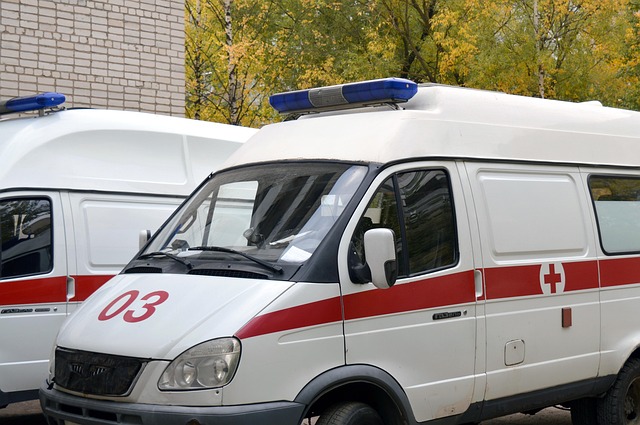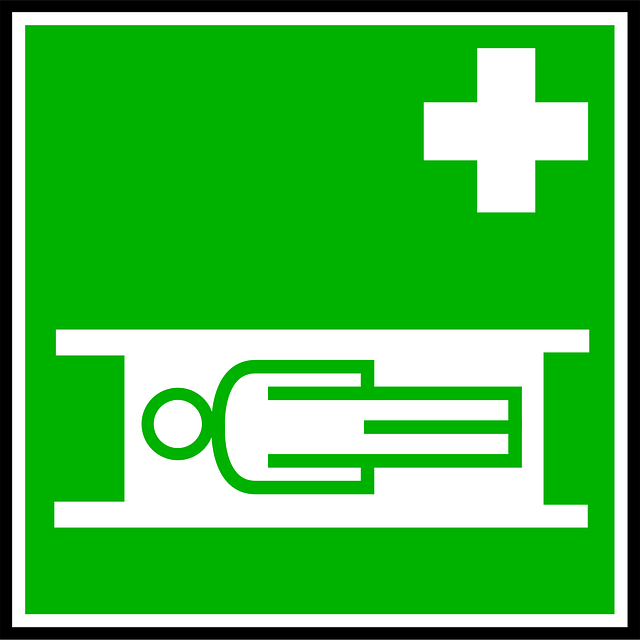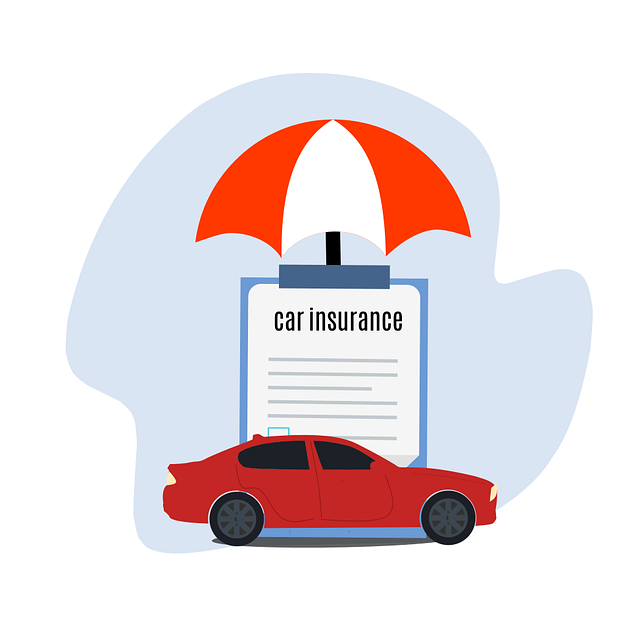Thornton residents should regularly inspect mature trees for distress signs like leaf wilting or color changes to ensure tree health and property safety. In case of emergencies, such as storm damage or disease, immediate action is crucial. Look for symptoms like excessive bark shedding, branch cracks, stunted growth, or strange growth patterns. Promptly consult a certified arborist who can offer expert advice on necessary actions, including pruning, structural support, or removal. Proactive tree care through regular inspections, proper pruning, trimming, and adequate spacing, along with soil testing, helps maintain a healthy and secure yard in Thornton.
In the bustling landscape of Thornton, proper tree care is essential for a vibrant and safe community. This guide equips residents with knowledge on recognizing unhealthy tree symptoms, crucial for timely intervention during emergencies. Learn immediate actions to take when trees pose risks and discover preventative measures to keep your yard—and neighbors—safe. Understanding the signs of an unhealthy tree in your Thornton yard is a proactive step towards fostering a healthy, resilient urban environment.
- Recognizing Unhealthy Tree Symptoms: A Thornton Resident's Guide
- Immediate Actions for Tree Care Emergencies
- Preventative Measures: Keeping Your Thornton Yard Safe & Healthy
Recognizing Unhealthy Tree Symptoms: A Thornton Resident's Guide

Many Thornton residents take pride in their yards, nurturing trees that provide shade, beauty, and even privacy. However, it’s crucial to recognize when a tree is in distress. Identifying signs of an unhealthy tree early on is key to preventing potential hazards and ensuring the safety of your property. Keep an eye out for unusual behavior such as wilting leaves, unusual color changes, or thinning canopy. These could indicate issues like root rot, pest infestations, or disease.
Regular inspection is vital in Thornton’s diverse climate where trees face various challenges from extreme temperatures to drought. If you notice any of these symptoms, don’t delay. Contact a certified arborist for a thorough assessment. Early intervention can save your tree and prevent it from becoming a safety risk during storms or strong winds.
Immediate Actions for Tree Care Emergencies

In the face of a tree care emergency, such as a storm-damaged or diseased tree, immediate action is crucial to ensure safety and prevent further damage. The first step in any tree care emergency is identifying signs of an unhealthy tree on your Thornton property. Look for noticeable changes like wilting leaves, unusual colors, or excessive shedding of bark. Branch cracks, stunted growth, and unusual growth patterns can also indicate underlying issues.
If you suspect a problem, don’t delay. Promptly assess the situation and consider contacting a certified arborist who can provide expert advice. They can help determine whether the tree requires pruning, structural support, or even removal to ensure the safety of your home, family, and surrounding landscape.
Preventative Measures: Keeping Your Thornton Yard Safe & Healthy

Maintaining a healthy and safe yard in Thornton involves proactive tree care. Regularly inspecting your trees is crucial to identifying signs of distress early on. Some common indicators include branch die-back, unusual growth patterns, or significant leaf loss. These issues could suggest structural weaknesses or pest infestations that require immediate attention.
Implementing preventative measures is key to avoiding emergency situations. Proper pruning techniques and regular trimming help maintain tree integrity while promoting healthy growth. Additionally, ensuring adequate spacing between trees allows for proper air circulation, reducing the risk of diseases and pests. Regular soil testing can also reveal nutrient deficiencies or imbalances that may necessitate specific treatments to keep your Thornton yard vibrant and secure.
Identifying signs of an unhealthy tree in your Thornton yard is crucial for prompt action, whether it’s a sudden fall or slow decline. By being vigilant and taking preventative measures, you can ensure the safety of your property and surrounding environment. Regular checks and timely intervention are key to managing tree health, so stay informed and be prepared to take immediate actions if needed.
